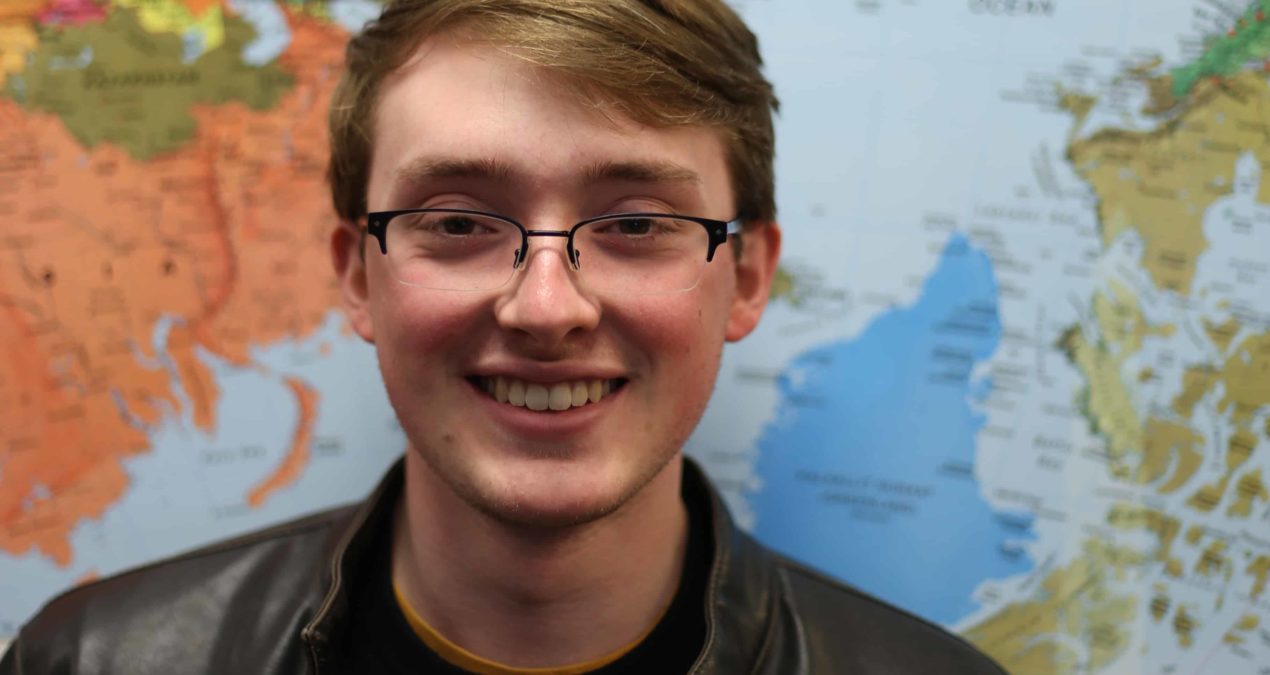By Bryan LeBlanc
Staff Writer
Ohioans are all obsessed with buckeyes. All Ohioans are from around a city that starts with “C.” Coming to Denison from Massachusetts, I picked up many of these Ohio stereotypes in my first semester. I found more and more exceptions to these stereotypes, but one that I believe still holds true is that Ohio – and, by extension, Denison – is a reflection of the national conversation
Here’s an example: politics. There has been commotion on campus about abolishing our student government, the Denison Campus Governance Association. It would have been impossible to not have noticed the cry to radically change the way our country is governed, especially after the recent elections. It is a mistake to blame the current administrations (Obama/Biden, Pearce/Jones) for this direction of dialogue. Voters are reconsidering the efficiency of Congress, just as Denisonians are questioning the efficiency of our own political representation. Voter turnout is an issue for Congress and DCGA, and a 10 percent approval rating with a 90 percent re-election rating is a fairly accurate, if somewhat counterintuitive way to describe both groups.
Here’s another example: incidents of bias. Nationally, incidents of bias have taken center-stage in the national conversation. The Justice Department’s crack-down on Title IX reporting, the numerous incidents of racially-biased police brutality, and many bigoted hate crimes have received media attention. Action on campus has addressed those national incidents, but also incidents that happened in our own communities. Recently, a newly trained Safe Zone advocate’s Safe Zone sticker (which has the commonly known queer symbol of a rainbow triangle) was torn off the wall and replaced with a note that said, “I will end you.”
I have heard of multiple incidents of racist or sexist comments said at parties this semester. At the Students of Color Leadership Conference for the GLCA (Denison’s collegiate association), students from all thirteen schools shared many of their own incidents on campus. Our conversations about representation, race, class, gender, religion, and sexuality are not limited to our campus or our generation; they are unresolved national disagreements.
Like the issues in our country, I believe much of the issues our campus faces stem from the myriad of differences in the make-up of the population. We’ve recently been ranked in The New York Times as number eleven in economic diversity in the list of the nation’s top colleges and universities. Denison also reflects America’s racial composition more closely than many other institutions; few other liberal arts colleges can claim that a third of the incoming class identifies as multicultural or international. Our students are from all over the country and globe. We have a variety of different opinions, perspectives, and understandings of the world.
However, it is important to remember that our differences, the very source of our conflicts, are also the solution to the problems that arise. Denison’s diversity is our strength, not a weakness. Our student leaders should embrace it, our student body should embrace it, and bystanders should embrace this, too. This entails one word: intervention.
If you hear or see something that would make a student question their respect or safety on campus, please correct that individual–even if that individual is your best friend from kindergarten.
If that sounds difficult, it is because it is difficult.
As Dumbledore put it, “It takes a great deal of courage to stand up to your enemies, but a great deal more to stand up to your friends.” I sincerely believe that most Denisonians care about maintaining an atmosphere of safety for all students, but I challenge all of Denison to do a better job of showing it.

